Polestar 3 gets more power and a faster brain for 2026
This has never been more true than in today's world of electric cars - a model that stands still is a model that falls behind. Polestar seems to have taken that to heart, announcing a sweeping set of hardware upgrades for its flagship SUV, the Polestar 3, for the 2026 model year.
The changes announced today are quite a bit more than just design tweaks - the company has overhauled the vehicle's core systems, giving it more power, faster charging, and a way smarter computer. And when we say "more power" we mean a lot more. The changes are so extensive that Polestar's own CEO, Michael Lohscheller, described the refreshed 3 as being "like an entirely new car."
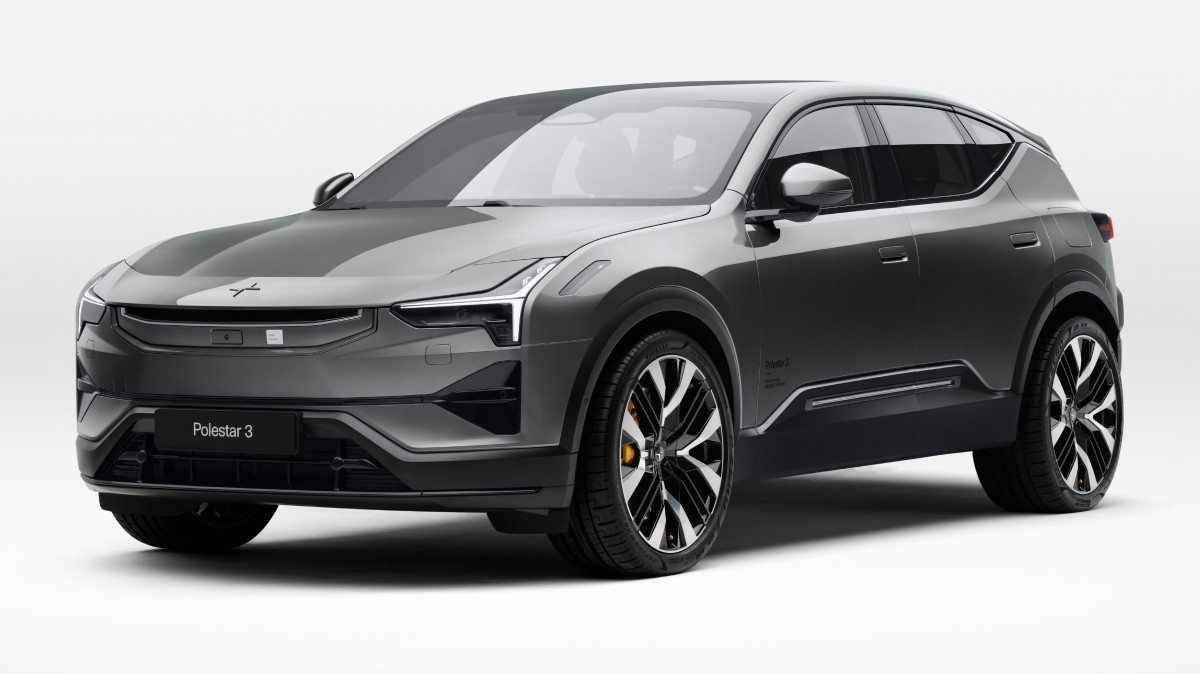
The most important change lies deep within the Polestar 3's architecture. The electric SUV is moving to an 800 Volt electrical system. For the average driver, this brings one major benefit: dramatically faster charging. The upgrade allows the Polestar 3 to accept power at a peak rate of up to 350 kW at a capable DC fast-charging station.
This means a typical charging session, from 10% to 80% battery, can now be completed in as little as 22 minutes. That's more than 25% quicker than the previous version, reducing time spent plugged into a charger and getting drivers back on the road sooner, making the Polestar 3 a more practical choice as a long-distance EV.
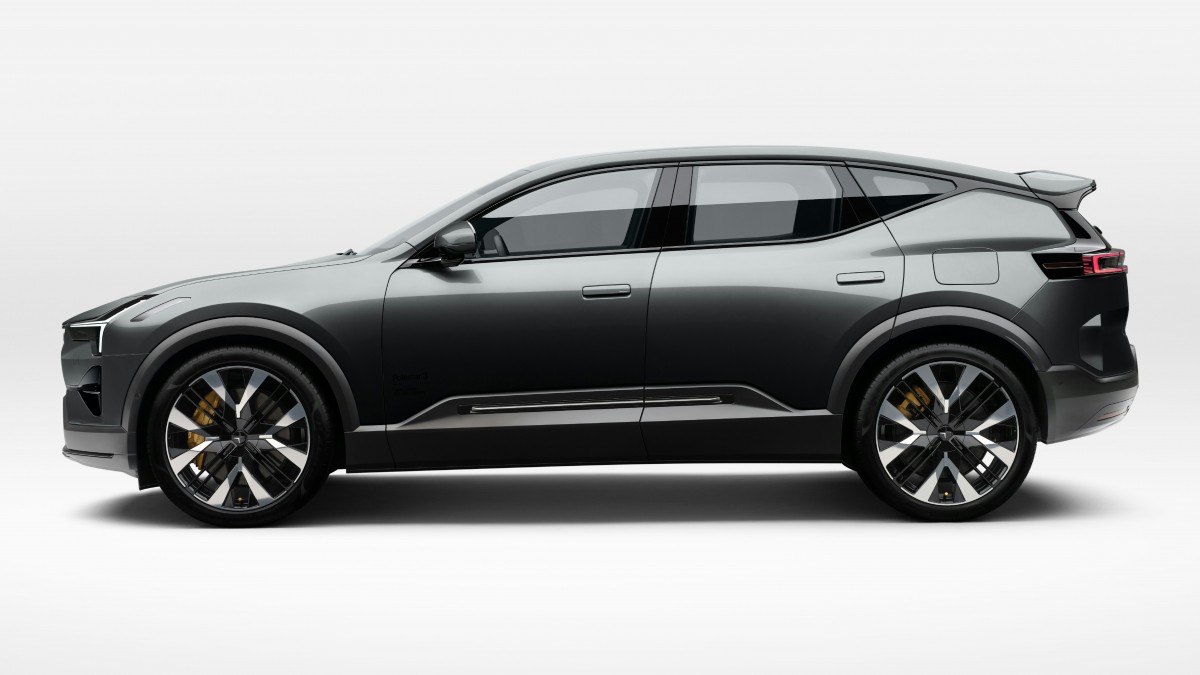
This new electrical system works hand-in-hand with new lithium-ion batteries from CATL. The standard "Rear motor" version will come with a 92 kWh battery pack, while the "Dual motor" and "Performance" variants will have a larger 106 kWh battery.
Polestar also reports that the new hardware contributes to an efficiency gain of up to 6%, helping to maximize the distance traveled on each charge. On paper, these batteries are smaller than those in the current model, but they should deliver better performance.
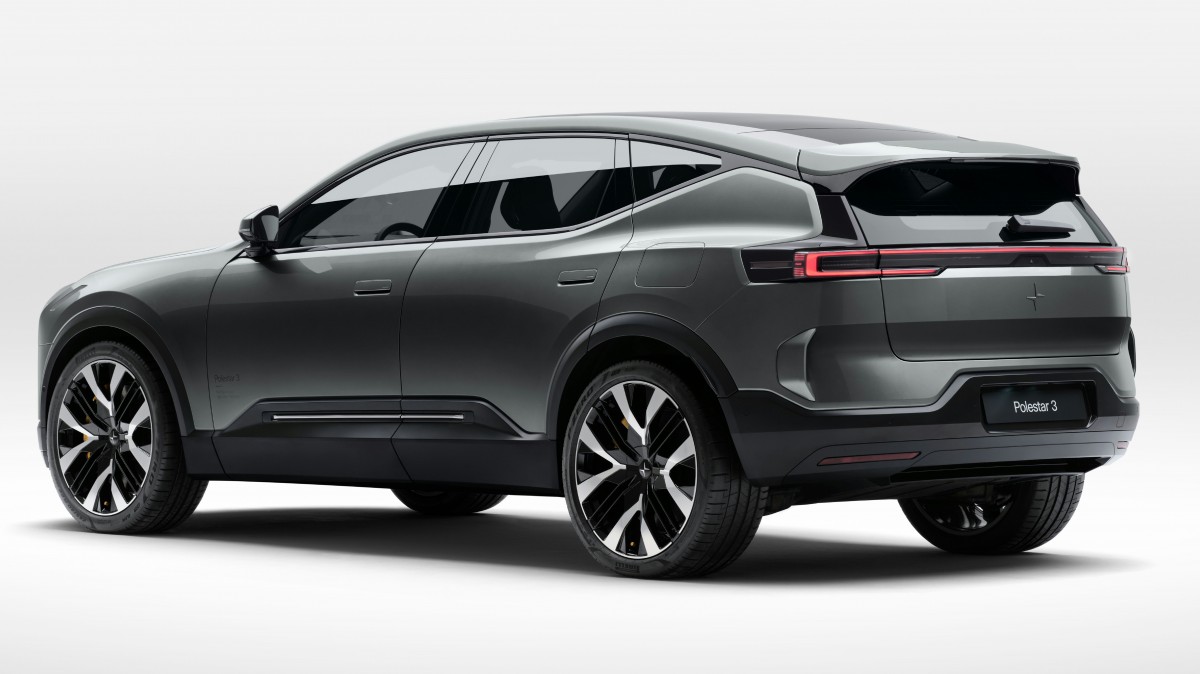
Speaking of performance - all versions of the 2026 Polestar 3 will get a new, in-house-developed rear electric motor that delivers more power. When paired with the asynchronous motor at the front, the Performance model now delivers a total of up to 500 kW. That's 120 kW more than the current version.
Both RWD and Dual Motor versions get a bump in power as well. The single-motor model now comes with 245 kW, while the AWD Polestar 3 has 400 kW on tap - that's 20 kW more than the outgoing Performance trim had to play with.
To improve efficiency during everyday driving, the front motor can now disconnect when it isn't needed, just like in its sibling, the Polestar 2. The new powertrain also shifts the power balance more toward the rear wheels, and combined with updated anti-roll bars and refined steering software, promises a more fun driving experience.
But the award for the most impressive update goes to the vehicle's new brain. The Polestar 3 gets a new core computer, swapping the previous NVIDIA DRIVE Xavier unit for the far more powerful AGX Orin processor. This boosts the car's processing power from 30 trillion operations per second (TOPS) to an incredible 254 TOPS - an increase of more than eight times.
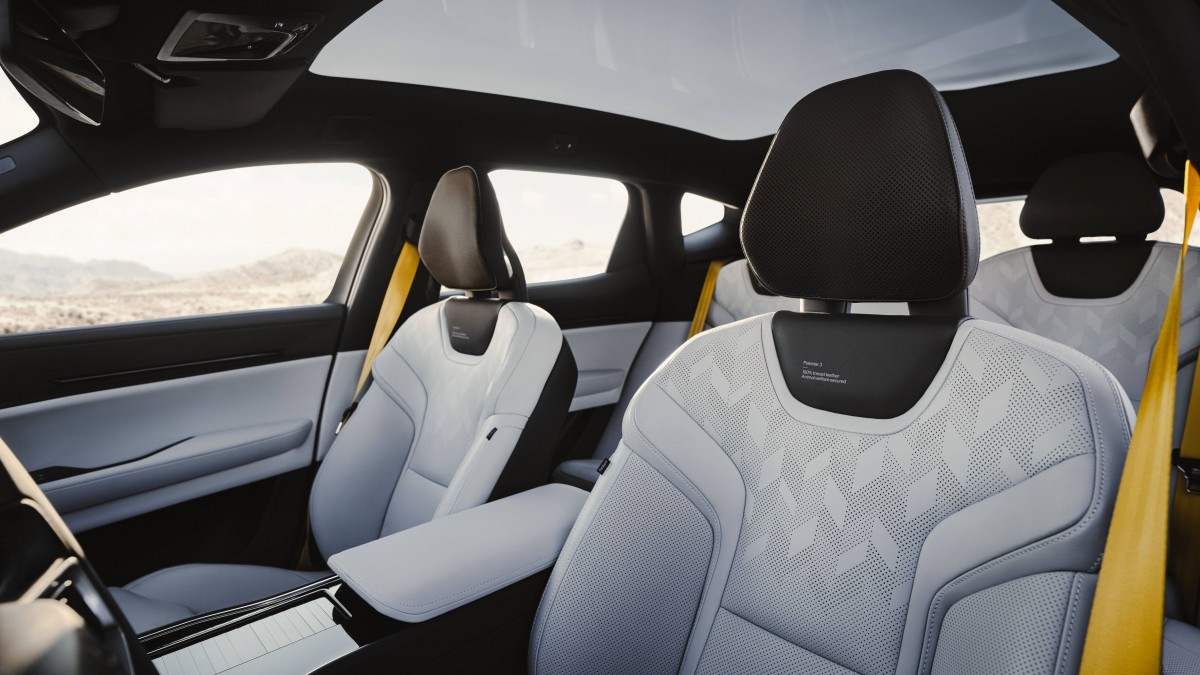
This supercomputer on wheels enables faster and more intelligent management of the car's active safety systems, battery performance, and the vast amount of data coming from its sensors. In an unprecedented show of customer loyalty, Polestar announced that this new computer will be offered as a complimentary retrofit to all existing Polestar 3 owners, with the upgrades scheduled to begin in early 2026.
Along with the hardware overhaul, Polestar simplified its trim structure and updated the car's styling. The lineup now consists of three clear tiers: Rear motor, Dual motor, and Performance. The company even added a fun visual cue inside: the seatbelts are solid black on the base model, feature a Swedish gold stripe on the Dual motor, and are finished in full Swedish gold for the top Performance version.
| Polestar 3 Rear Motor | Polestar 3 Dual Motor | Polestar 3 Performance | |
|---|---|---|---|
| Power | 245 kW | 400 kW | 500 kW |
| Torque | 354 lb-ft | 546 lb-ft | 642 lb-ft |
| 0-62 mph | 6.5 s | 4.7 s | 3.9 s |
| Top Speed | 130 mph | 143 mph | 143 mph |
| Range WLTP | 375 miles | 395 miles | 368 miles |
| Battery | 92 kWh | 106 kWh | 106 kWh |
| Charging | AC 11 kW / DC 310 kW | AC 11 kW / DC 350 kW | AC 11 kW / DC 350 kW |
A new exterior color, a dark grey metallic called "Storm," replaces the previous "Thunder." Inside, the standard upholstery is now a premium Bio-attributed MicroTech in Charcoal with repurposed aluminum trim, an upgrade that was previously an optional extra. The option packages have also been revised to make customization easier for buyers.
Interestingly, the first country to get the new model is the UK, where the Polestar 3 is so popular that its entire 2025 production was sold out a long time ago. The starting price is eye-watering $96,120, but Polestar 3 was never a cheap EV, and the new model is only $124 more expensive than the old one. The other markets will follow shortly after.
Reader comments
- JotaPB
- S4s
So like with the Volvo EX90 the RWD version suffers a huge downgrade and gets a price bump. Now you're paying more for 46kms less of range when compared to the original 2022 version. I was waiting for the refresh of the Polestar 4 and Volvo EX90...
- Anonymous
- HJR
Starting price is whattt? 82k euros with no options and with that interior... People have lost their minds man...
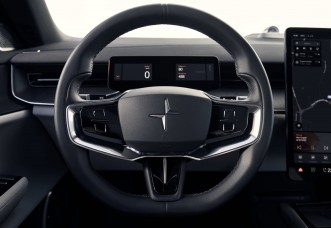
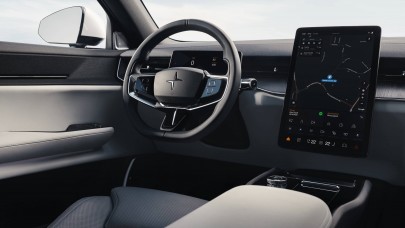




Facebook
Twitter
Instagram
RSS
Settings
Log in I forgot my password Sign up